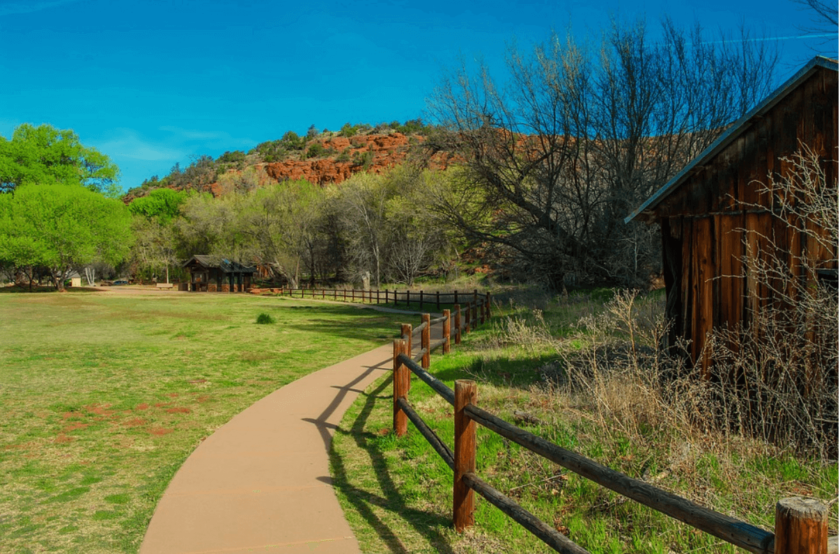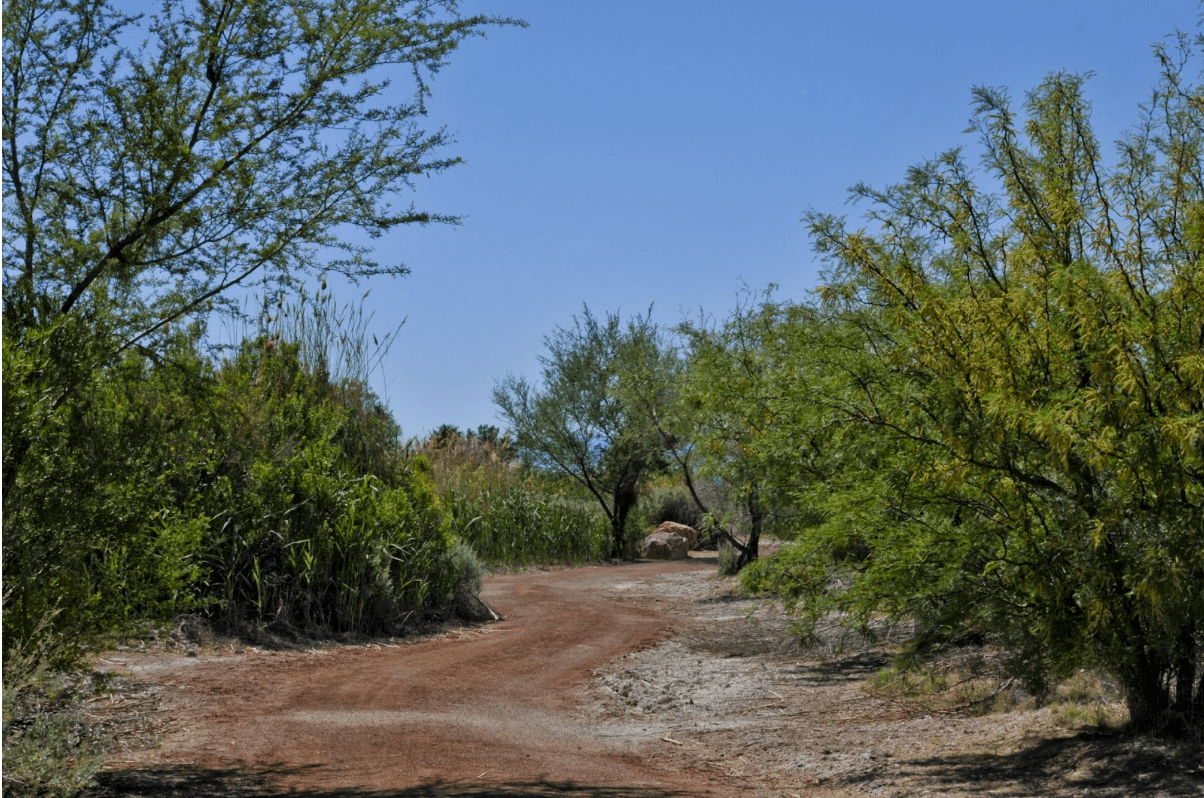There are many different types of desert trees that you can grow in your backyard. While some may require more water than others, they all have one thing in common-they are easy to care for and don’t require a lot of maintenance.
So if you’re looking for an easy way to add some greenery to your Arizona yard, consider one of these desert trees.
Palo Verde
The Palo Verde is a type of desert tree that is well known for its beautiful green bark. This tree is one of the most beautiful Arizona desert trees, can grow to be up to 30 feet tall, and has small, yellow flowers that bloom in the spring. Palo Verdes are drought-tolerant and do not require a lot of water to thrive. Additionally, Palo Verdes are relatively low-maintenance; they don’t need to be fertilized or pruned often. If you live in an area with high winds, you may want to stake your Palo Verde to prevent it from toppling over.
On the other hand, Palo Verdes are susceptible to root rot, so it’s important to plant them in well-draining soil. Also, it produces a lot of seed pods, which can be messy if you don’t keep up with them. If you don’t want Palo Verde seeds sprouting up all over your yard, you’ll need to rake them up regularly.
Mesquite
Mesquite trees are another type of desert tree that is popular in Arizona. These hardy trees can grow to be up to 40 feet tall and have dark green leaves. Mesquite trees produce small, bean-like pods that are edible (although they are not as sweet as mesquite flour). The pods can be used to make tea or can be ground up and used as a flour alternative.
Like Palo Verdes, Mesquite trees are drought-tolerant and don’t require a lot of water to thrive. They are also relatively low-maintenance; however, they can be messy if you don’t keep up with the fallen pods. If you have Mesquite trees in your yard, make sure to rake up the pods regularly to prevent them from taking over.
Saguaro
The Saguaro is perhaps the most iconic of all the desert trees. This tree can grow to be over 50 feet tall and has large spines that give it a unique appearance. The Saguaro is well-known for its long life span; some trees have been known to live for over 200 years. It is a slow-growing tree, so it will take several years for it to reach its full size. This tree is also relatively low-maintenance; however, it does require a lot of water to thrive.
Additionally, the Saguaro is known to be a very sturdy tree; it can withstand high winds and even fires. However, it is important to note that the Saguaro is a protected species in Arizona, so it is illegal to remove one from the wild rather you can only transplant a Saguaro that has already been removed from its natural habitat.
Make sure to give your Saguaro plenty of room to grow; it can spread its roots up to 30 feet from the trunk.
Chisos Mountain Fir
The Chisos Mountain Fir is a type of desert tree that is native to the Chisos Mountains in Texas. This tree can grow to be up to 40 feet tall and has dark green needles that are arranged in pairs. The Chisos Mountain Fir prefers cooler temperatures and higher elevations, so it is not well-suited for the low desert. However, if you live in an area with cooler temperatures, this tree can be a beautiful addition to your yard.
This tree is also relatively low-maintenance; however, it does require more water than other desert trees. Additionally, the Chisos Mountain Fir is susceptible to aphids, so it’s important to check for these pests regularly. Make sure to plant your tree in well-draining soil. Second, avoid using chemical pesticides; instead, opt for a natural solution like neem oil. Finally, keep an eye out for signs of infestation and treat it immediately.
Eldarica Pine
The Eldarica Pine is a type of desert tree that is native to the Middle East. This tree can grow to be up to 50 feet tall and has dark green needles that are arranged in threes. The Eldarica Pine is well-suited for the low desert and can tolerate high temperatures and low rainfall.
This pine also has a deep taproot system that helps it to access water that is deep in the ground. The Eldarica Pine is an evergreen tree and will provide your yard with year-round color.
On the other hand, this tree is not as drought-tolerant as some of the other desert trees on this list. So, if you live in an area with low rainfall, you may need to water your Eldarica Pine more often than other desert trees.
Texas Mountain Laurel
The Texas Mountain Laurel is a type of desert tree that is native to the mountains of Texas. When mature, this tree can grow to be up to 30 feet tall and has dark green leaves. The Texas Mountain Laurel blooms in the springtime and produces clusters of blue or purple flowers which have a sweet fragrance.
This tree is well-suited for the low desert and can tolerate high temperatures and low rainfall. Additionally, the Texas Mountain Laurel is drought-tolerant and does not require a lot of water to thrive.
However, it’s important to note that the Texas Mountain Laurel is poisonous to humans and animals if ingested. So, if you have children or pets, you may want to choose another tree for your yard or make sure to plant your Texas Mountain Laurel in a location where they cannot reach it.
Desert Willow
The Desert Willow is a type of desert tree that is native to the southwestern United States. This tree can grow to be up to 20 feet tall and has long slender leaves. The Desert Willow blooms in the springtime and produces clusters of fragrant flowers which can be either pink, white, or purple.
The Desert Willow likes full sun and can tolerate high temperatures. Make sure to plant your tree in well-draining soil.
One thing to keep in mind with the Desert Willow is that it is considered a ” messy ” tree; meaning that it drops a lot of leaves, flowers, and seeds. So, if you’re looking for a low-maintenance tree, this may not be the best option for you.

There are a variety of desert trees that you can grow in your backyard, depending on your needs and preferences. Each type of tree has its own set of benefits and drawbacks, so be sure to do your research before making a final decision. And remember, even though they are easy to care for, all desert trees still require some basic maintenance.
So, be sure to check on your trees regularly and give them the occasional TLC to ensure they stay healthy and happy.

